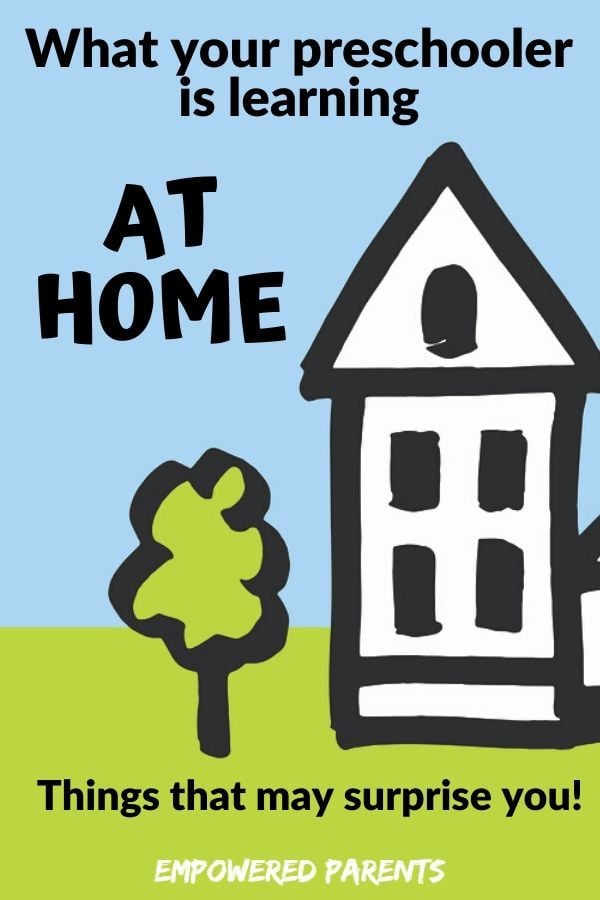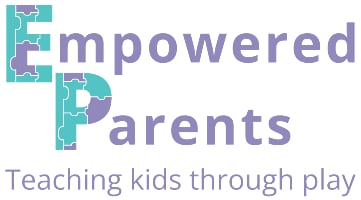For a young child, home is the first learning environment he experiences. Did you know that all the rooms and areas in your home provide their own unique learning experiences?
Your home is a great source for developing your child’s cognitive, physical, social and emotional skills. Simple activities that are part of your home space can provide many learning opportunities.
“Education is a natural process spontaneously carried out by the human individual, and is acquired not by listening to words but by experiences upon the environment,” said Maria Montessori, well known educational developer of the Montessori schools.
Becoming Aware of the Opportunities in Your Home
Having an awareness of the opportunities you have right there in the security of your home makes the method of learning through doing – or hands-on learning – really relevant. It is at home that you can create learning experiences to help your child learn through play.
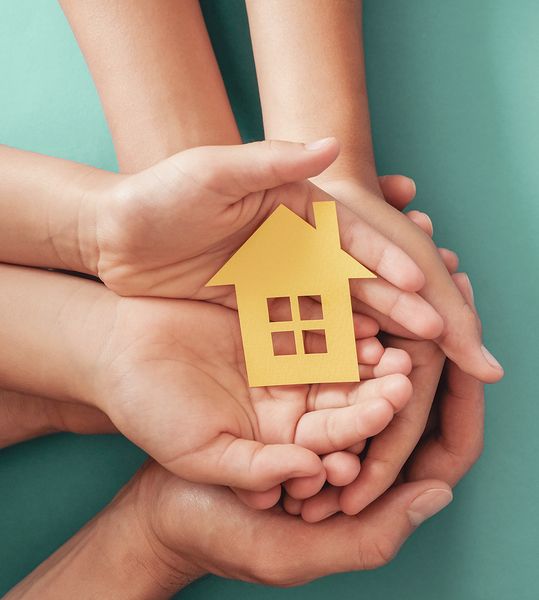
A child’s daily routine, from getting dressed in the morning all the way through to listening to a bedtime story, is filled with potential learning opportunities. These are chances to develop social, emotional, physical and cognitive skills.
You will be surprised at how much learning potential there is at home. You are probably already doing many of these routine activities without realising the educational spin-off from them.
P.S. Need simple, home-friendly play ideas? This activity pack has a bunch ready to go.
In the comfort of your home, you are providing for your child’s physical, social-emotional and cognitive development every day.
Just like a ‘House and Garden Expo’ showcasing all manner of new ideas, I’d like you to take this tour with me of your own house and garden and see the opportunities waiting to be used for play and learning development!
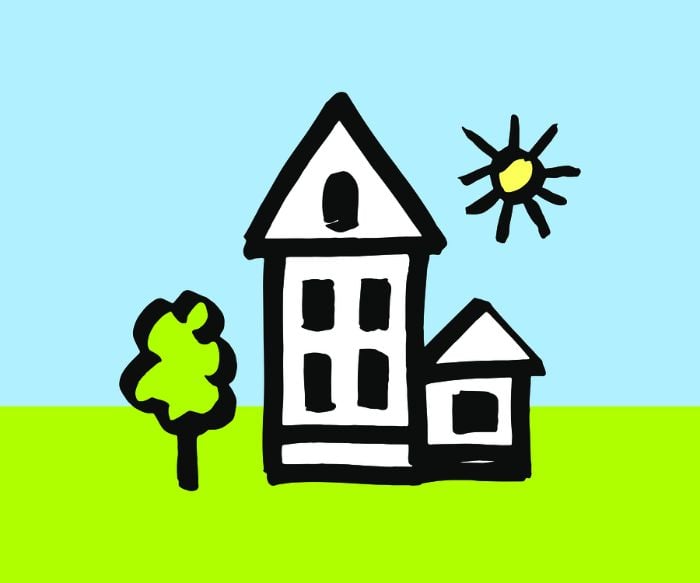
The Kitchen
A great place to start. The kitchen is the hub of the home, a place of nurturing wherein lies a wealth of learning opportunities:
- Cognitive and early mathematical development through measuring, mixing, weighing and baking.
- Social engagement while baking and creating delicious food.
- Fine motor skills development as children learn to use spoons, scales and kitchen utensils.
- Creativity and the pleasure of icing biscuits or baking cakes.
- Following directions and learning to read or follow cooking recipes.
- Life skills development through understanding different food groups and healthy eating.
- Developing responsibility and learning to clean up and pack away.
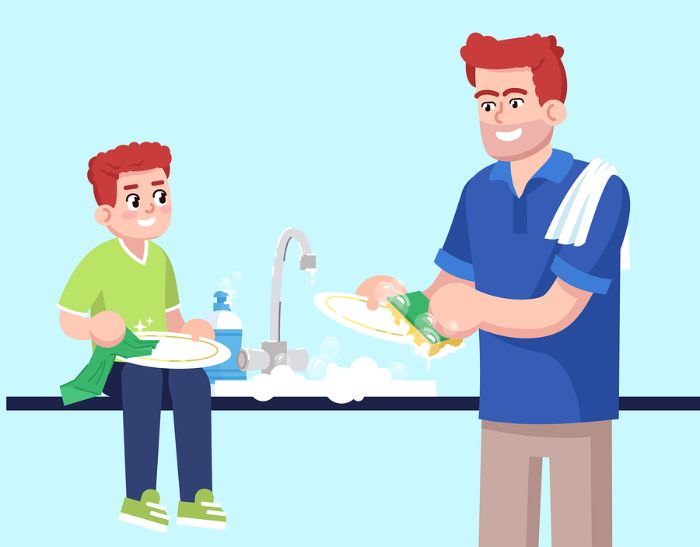
The Living Room
The living room or lounge may have different roles in different families, but generally, it is a meeting place where the family can get together. It is a place where everyone considers each other’s needs.
This is a great forum for different educational ideas:
- Social development through listening and caring about other family members.
- Speaking, listening and language development through social interaction during family time.
- Organizational skills as children learn to help tidy up and pack away toys and books.
- Cognitive development through playing games and reading or listening to stories.
The Dining Room
The dining room is often a neglected area of the house, but it offers many valuable learning activities.
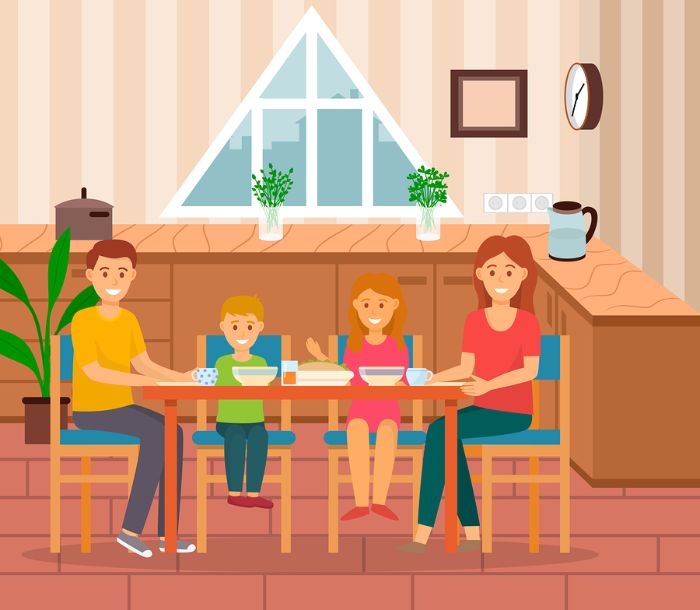
It is a temptation to eat in front of the TV or in the kitchen every night. However, making use of the dining room for some sit-down family meals offers opportunities for learning several worthwhile skills:
- Social development is high on the list of educational development through sitting around the table as a family and sharing in conversation about the day.
- Gratitude, a really important value, can be shared at the table, giving thanks for the food and for the person who prepared it.
- Cognitive development through the act of laying the table. Setting out the right eating utensils in the right places and preparing the table for everyone. Counting, ordering and organizing are all part of the simple act of laying the table.
- Language and vocabulary development through making conversation at the table, and listening skills by taking turns to listen and share.
- Emotional development by encouraging empathy and reacting in a caring manner to other family members’ stories.
- Building fine motor skills by learning to use feeding utensils.
The Bedroom
The bedroom is your child’s personal space. Children who have their own rooms are lucky to have this area all to themselves. If your child shares a room, try to demarcate it in some way to give some personal ‘this is my space’ feeling to the room.
What does the bedroom offer besides a place to sleep?
- Organizational skills and a sense of pride in your own room. Keeping the bedroom tidy and having respect for your personal things
- Independence while learning to dress and choose appropriate clothing.
- Fine motor skills while doing up buttons, zips, etc.
- Language development and a love of books while listening to stories.
- Emotional downtime at the end of the day with a cuddle and a story before saying goodnight.
The Bathroom
Many happy times have been spent in the bathroom by young members of the family.
Most children love a warm soapy bath at the end of the day to relax and clean off all those muddy patches from the day’s play activities. Some love to giggle and play in the bath.
What else does this happy time in the bathroom provide?
- Healthy habits such as learning about cleanliness and hygiene, brushing teeth and washing hair.
- Cognitive development through water play. Children can learn about pouring, filling and emptying. They can count bath toys and discover what makes things float or sink.
- Social interaction as bath time is a time to talk about fun things while reflecting on the day.

The Garden
Although the garden is not a room in the house, it is an area of the home that is full of learning experiences for growing children.
If you are not fortunate enough to have a garden space then regular visits to a park area will give your child the opportunity for outdoor play with you.
Spending time in the garden and connecting with nature offers many learning experiences:
- Physical development through outdoor play. Climbing, jumping, running and throwing and catching a ball are all wonderful movement activities.
- Appreciation of nature through planting and growing seeds and vegetables.
- Cognitive development by learning about seasons, weather and cycles in nature – how do vegetables get from the garden to your table?
- Creative craft and art ideas using leaf prints, potato prints, pressed flower pictures and creating decorative garden areas like a fairy garden.
- Making bird feeders and watching different birds come into the garden.
That completes the tour of your home – a place for playing and learning with your children.
Maria Montessori also said: “Education cannot be effective unless it helps a child open up himself to life.”
These words ring true of the valuable life lessons and developmental areas of education that are available right there in your home every day.
